Mar 27, 2025
5 min read
Folk music, deeply rooted in the traditions and cultures of communities all over the world. It is a great way to tell stories and express culture. Folk songwriting is passed down through generations and tell the stories.
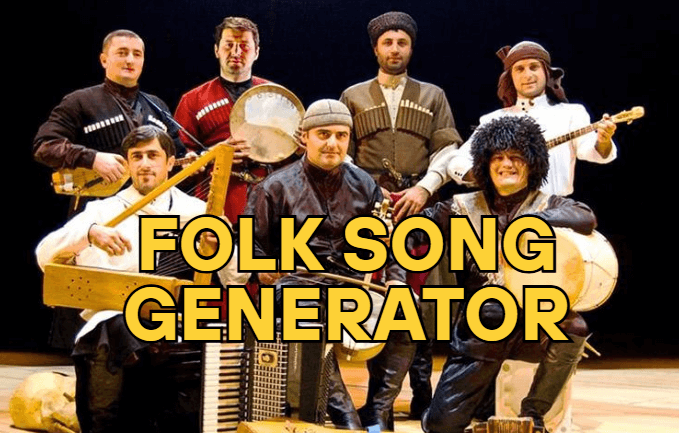
In this blog, we will learn how to write a folk song with the traditional and modern folk song generator tools. Help you write your own songs!
Start your musical journey with teh folk song below, which is like the style of the Disney film Moana!
Part 1: Step-by-Step Guide of Folk Songwriting [Traditional]
Folk songs are a very old tradition where storytelling and music come together. They reflect the experiences and emotions of communities.
Here's a step-by-step guide about how to write a good folk song:
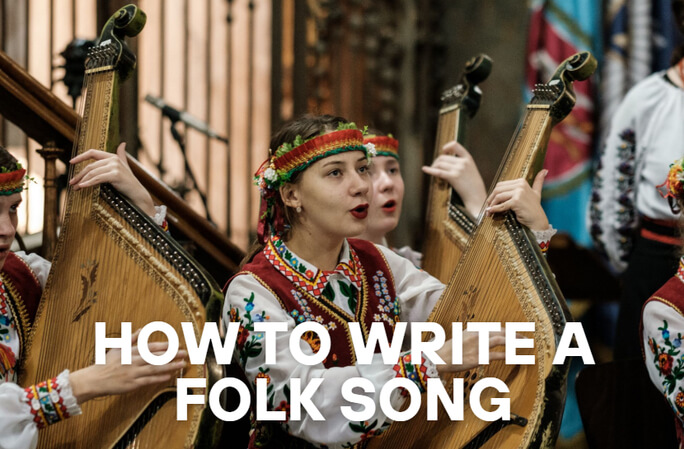
1️⃣ Source a Story
Begin by finding a story or theme that you like. Traditional folk songs often tell tales of personal anecdotes, historical events, or universal human experiences. This story will form the basis of your song.
2️⃣ Define your theme
Think about the main message or feeling you want to get across. A clear theme will guide your song's lyrics and melody, ensuring it flows well and makes an impact.
3️⃣ Choose a song structure
Decide on the structure that best suits your story. Common folk song structures include:
-
Verse-Chorus Form: Alternating verses with a repeating chorus.
-
AABA Form: Verses with a contrasting bridge section.
4️⃣ Write the Lyrics
Craft lyrics that are poetic yet straightforward, focusing on natural storytelling. Use literary devices like assonance, consonance, and vivid imagery to enrich your lyrics. Add personal anecdotes to make them more real and interesting.
5️⃣ Compose the Melody
Make a tune that goes well with your words and matches the song's feelings. Folk melodies are often simple and repetitive, making them easy to sing along to. Experiment with different chords and rhythms to find the right accompaniment.
6️⃣ Select Instruments
Choose instruments that are typical of the folk tradition and will enhance your song's mood. Common choices include the acoustic guitar, banjo, fiddle and harmonica. Just make sure that the instruments support the storytelling aspect without overshadowing the lyrics.
7️⃣ Refine and Practice
Review your song, making adjustments to the lyrics, melody and arrangement as needed. Practice performing your song to ensure it flows naturally and resonates with listeners.
Part 2: Best Folk Song Generator [Online]
Using traditional folk songwriting techniques and modern AI folk song generators like Musicful can improve your creative process.
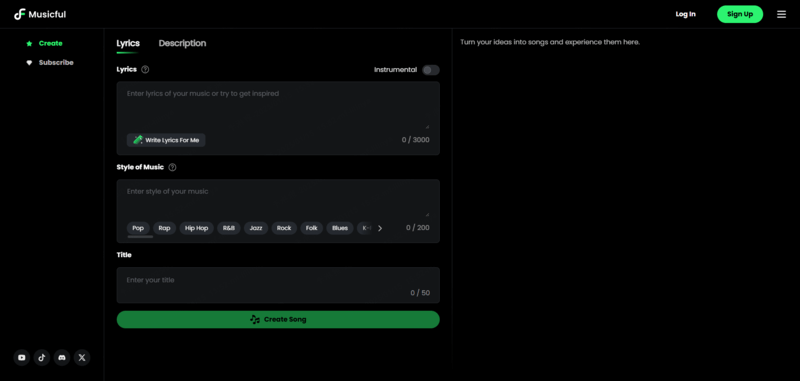
Musicful is a top AI music generator that makes music creation simple. No music skills needed, everyone could create songs in minutes. Just type lyrics or describe your idea, you'll get 2 professional songs at a time.
Next, we'll use the lyrics mode to show you how to write folk songs!
How to Write a Good Folk Song?
Step1️⃣. Click on the green square below.
Step2️⃣. After log in, choose Lyrics Mode(default mode). Click "Write Lyrics for Me" on "Lyrics" part. Enter the song theme you want to write about. Click "Write Lyrics". Wait for a moment, you'll get full lyrics, which can be modified to get what you want.
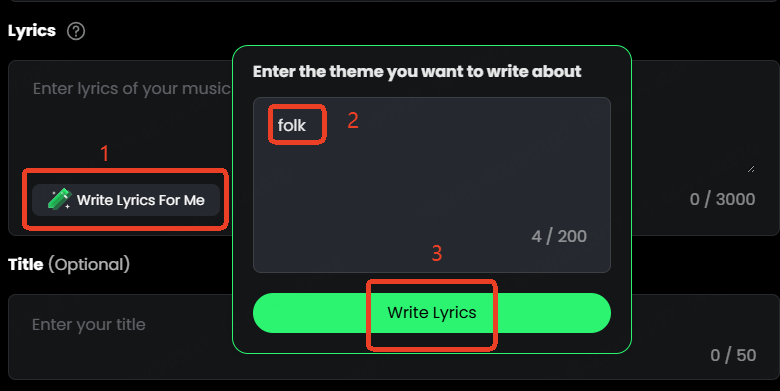
Step3️⃣. Enter your genre or click "More" - "Genre" - "Folk", and add more on the Categories. Here I enter Celtic Folk,Energetic,Male Vocal.
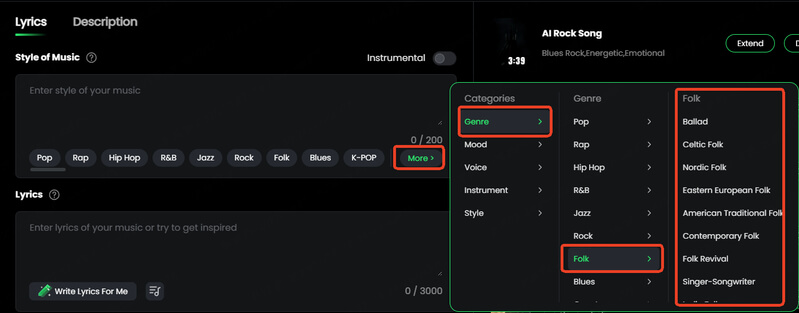
Step4️⃣. You can enter your song title(optional). After clicking "Create Song", you can download the mp3 or MIDI formats. Or copy the link to share with your friends. Enjoy this folk song below.
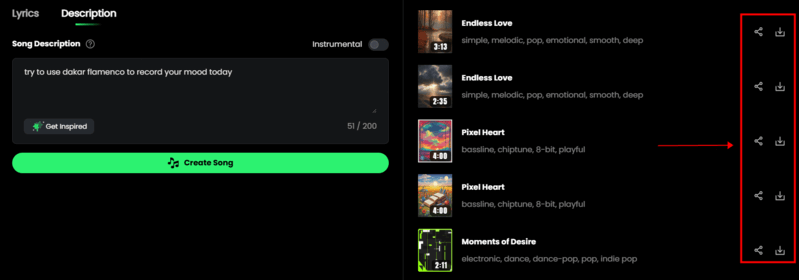
Part 3: What is Folk Music?
Folk music is made up of traditional songs and melodies that have been passed down through generations. These songs reflect the cultural and social experiences of communities.
The word "folk" comes from the German word "Volk," which means "the people." This kind of music is a big part of everyday life and history.
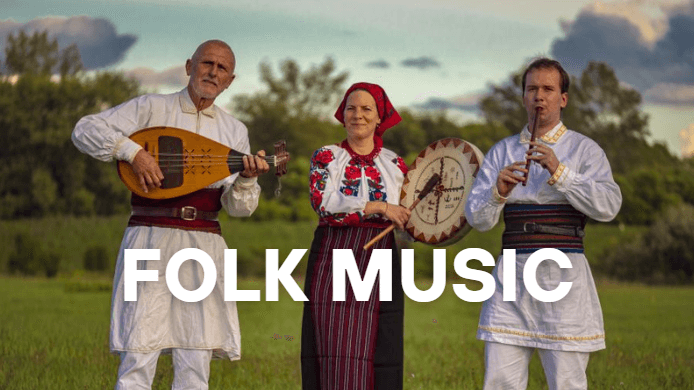
Key Features:
⭐ Oral Tradition: People learn folk music by listening to it, not by reading it. This means that over time, the songs and lyrics can change as each new generation adds its own touch.
⭐ Cultural Reflection: These songs often reflect the values, struggles, and stories of the people, providing insight into the community's shared beliefs and history.
⭐ Simplicity and Accessibility: Folk music is usually played on simple instruments like guitars, banjos and fiddles, which means that anyone can take part in making and playing it.
⭐ Functional and Social Role: It is used to accompany work, rituals and social gatherings, which strengthens community bonds.
While folk music has traditional roots, it continues to evolve, influencing and being influenced by contemporary genres.
Today, artists mix traditional folk elements with modern sounds, which makes folk music relevant and popular in today's music scene.
Part 4: Who are the Best Folk Songwriters?
Folk music has been shaped by many talented songwriters whose work has left an indelible mark on the genre. Here are some of the best folk songwriters.
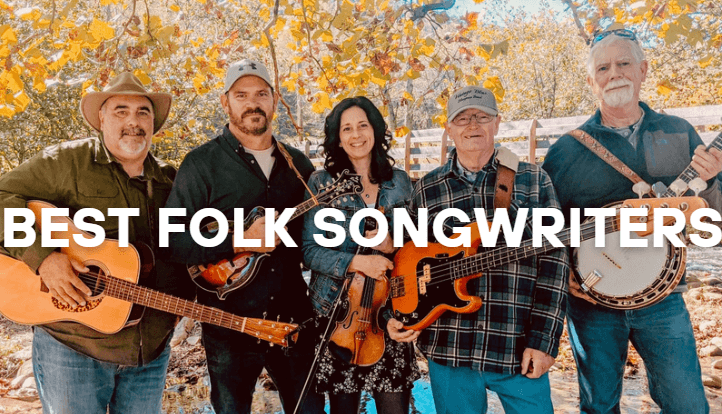
-
Woody Guthrie: A pioneering figure in American folk music, Guthrie's songs such as "This Land Is Your Land" reflect his deep connection to the struggles and aspirations of the common people.
-
Bob Dylan: Known for his poetic lyrics and innovative approach, Dylan's work, including classics like "Blowing in the Wind," has earned him acclaim across musical genres.
-
Joni Mitchell: Celebrated for her intricate songwriting and soulful delivery, Mitchell's contributions have greatly enriched the folk music landscape.
-
Joan Baez: A prominent figure in the 1960s folk revival, Baez's clear soprano voice and commitment to social causes have made her an iconic folk artist.
-
Pete Seeger: An influential folk musician and social activist, Seeger's work, including songs like "Where Have All the Flowers Gone", has had a lasting impact on the genre.
Part 5: FAQ about How to Write a Folk Punk Song
1. What makes a folk punk song?
A folk-punk song combines elements of traditional folk music with the rebellious spirit of punk rock. Key characteristics include:
-
Instrumentation: While folk music often features acoustic instruments such as guitars, banjos and fiddles, folk punk incorporates these alongside electric guitars and drums, creating a fusion of sounds.
-
Lyrics and themes: Folk punk lyrics typically address social and political issues, personal struggles and stories of everyday life, maintaining the narrative style of folk but with the directness and rawness of punk.
-
Performance style: The performance is often energetic and raw, embracing the DIY ethos of punk while honouring the authenticity of folk traditions.
2. What are the elements of a punk song?
Punk songs have several defining characteristics:
-
Simplicity: Punk music favours simple song structures, typically using basic chord progressions and focusing on raw energy over musical complexity.
-
Fast Tempos: Many punk songs are played at fast tempos, emphasising urgency and intensity.
-
Direct Lyrics: Lyrics are often straightforward and deal with themes such as rebellion, social issues and personal freedom.
-
Three-Chord Progressions: A common feature of punk music is the use of simple three-chord progressions, which contribute to the raw and unrefined sound of the genre.
3. What makes a good punk song?
A good punk song resonates with the listener through its authenticity and emotional impact. Essential qualities include:
-
Authentic Expression: Genuine emotion and honesty in lyrics and performance connect deeply with the audience.
-
Catchy Riffs: Memorable guitar riffs and hooks make the song stand out and are often easy for listeners to remember.
-
Energetic Performance: The power and passion of the performance powerfully conveys the song's message.
-
Relevance: Addressing issues that resonate with the audience's experiences or beliefs increases the impact of the song.
4. What are the three punk chords?
The "three punk chords" are the basic chords often used in punk rock music to create simple but powerful progressions. These chords are typically:
-
I Chord(Root): This is the first chord of the key, and it sets the main tonal centre.
-
IV Chord: The fourth chord, adding movement away from the tonic.
-
V Chord(Dominant): The fifth chord, creating tension that resolves back to the tonic.
For example, in the key of A major, these chords would be A(I), D(IV), and E(V). This simple progression is used in many punk songs, which are known for being energetic and straightforward.
Conclusion
Folk songwriting connects you to a rich variety of culture heritage and personal expression.
With traditional songwriting techniques, drawing inspiration from best folk songwriters, and using modern tools like Musicful, start your creative journey today and use the timeless spirit of folk music to guide your storytelling!



